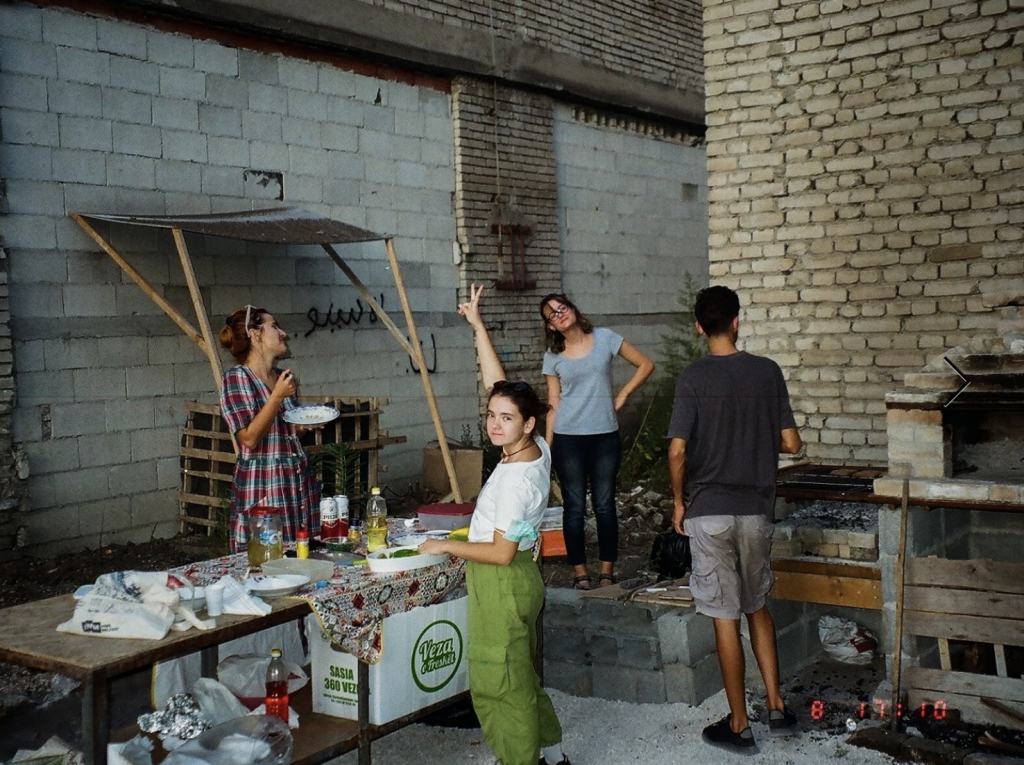Driving Question: How can I use fictional/non-fictional storytelling to create a meaningful experience about Greek society (ancient/ contemporary)?
Project Description: During the online COVID term, our module focused on fictional/non-fictional storytelling to create a meaningful experience about society, and we were given the option to write a script or a podcast. For those of us who chose to write a script, we were given free rein regarding the topic; however, we had to stick to a ten-minute timeline.
The topics that people came up with were quite varied. Some of us chose to write about the current COVID-19 situation, some of us decided to talk about other aspects of society such as poaching or the LGBT+ community. Below you can read scripts by CM2 students Bella and Giulia, who highlight the effects of social media and a young girl’s battle with cystic fibrosis and COVID-19.
Bella
If you’ve ever thought about what Instagram, Facebook, Twitter, Snapchat and TikTok would be like as people, you’ll love reading this. In my own work, I’ve combined elements of fiction with exaggerated reflections of reality by personifying social media apps.
The inspiration for this piece came from the Nosedive episode from Black Mirror. The episode is set in a world where people’s entire lives depend on their “rating” based on social interactions. The setting shapes a tragically social media-obsessed society—no doubt a critique of how people interact with each other online. I wanted to reflect a similar message but in a more light-hearted, comedic way. In my play, I wanted to demonstrate our modern dependence on social media and the negative impacts it can have on our well being and relationships. My hope is that the audience learns to examine their own relationship with social media, and decide for themselves if they could benefit from a break like my main character, Logan.
Giulia
My work shows a young girl’s battle with cystic fibrosis and COVID-19. It is meant to give you a glimpse of what people with pre-existing illnesses are going through at this time.
The inspiration for this came from my own surroundings back at home in Denmark. I was noticing that not all people were sticking to the rules effectively putting those of us who are at risk. I think that some people don’t realise the danger they could be putting someone else in, especially as you don’t know what other people are dealing with at the moment. My hope is that the audience starts looking a little more closely at how careful they are being in these tough times.
